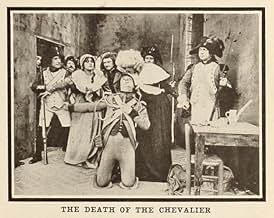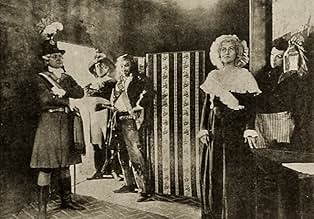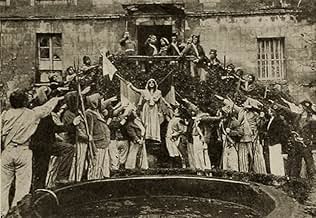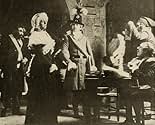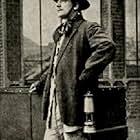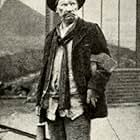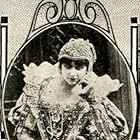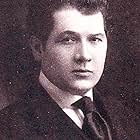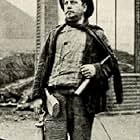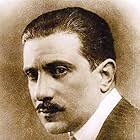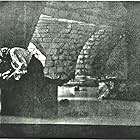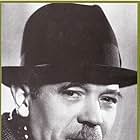The Terror rages. The Committee of Public Safety has sentenced Louis XVI to death. While it debates the same fate for Marie-Antoinette, a desperate conspiracy tries to free her from prison.
Albert Capellani's film is based on one of the few Dumas pere novels I haven't read, so I can't comment on its filmization. However, there are clues that the director made an effort to translate the source work for an audience familiar with it. It's an example of the Chapter-Heading school of film-making. In this sort of movie, the titles tell you what you are about to see, then they show you. It certainly doesn't support the idea of the cinema as an independent art form, but it can be effective if the acting, camerawork and so forth are well done.
Unhappily, 1914 was still early in the evolution of the feature film. The beginning and most of the final reel of this movie seem more intent on getting the audience up to speed with the story. It is in the middle reels that this work flourishes, with some decent cinematic acting (Léa Piron as the imprisoned Queen is excellent), some camerawork that gives the audience a point of view, and some real moments of underplayed excitement (the guard who discovers the note to the Queen pausing to put on his spectacles so he can read it).
As I noted, most of the final reel seems to retreat to underdeveloped Chapter-Heading film-making. However, the final shot is a great example of editing.
Looking back more than a hundred years, this movie can be enjoyed as an intermediate form in the evolution of the cinema. Well, in an art form that is always growing and shrinking, changing and seeking new means of expression, all movies are -- and we can hope, for a long time, will be -- intermediate forms. This one has enough good points to command my attention.

